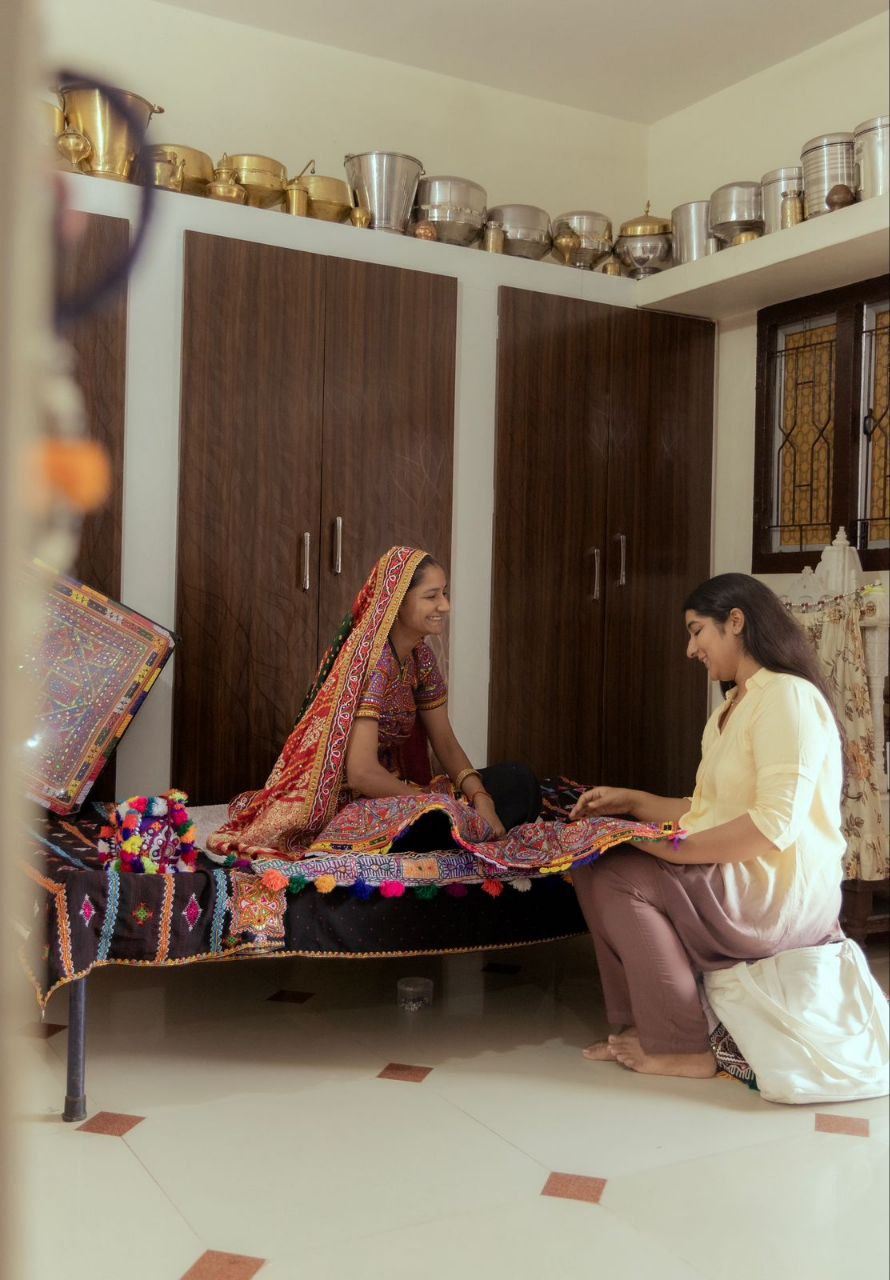
From Threads to Treasure: How a Kalkosh Bag is Made
Share
Behind every Kalkosh bag is a journey — not of machines or mass production, but of human hands, time-honored techniques, and a deep love for craftsmanship. This is how a single thread becomes something unforgettable.
1. It Starts with a Sketch
Every Kalkosh bag begins with a design idea rooted in tradition but styled for modern living. Whether it's a festival-ready sling or a tote for daily charm, the shape, size, and detailing are visualized through collaborative sketches with artisan teams.
2. Fabric Selection with Purpose
We don’t just pick fabric — we choose stories. Natural cottons, canvas, and dyed cloths become the base, while locally sourced embroidery threads and beads are chosen to enhance, not overpower.
3. Embroidery: The Heartbeat of the Bag
This is where the magic happens. Skilled artisans — mostly women — hand-stitch traditional Kutchi embroidery onto panels with vibrant threads and mirrors. The work is detailed, meditative, and often takes days for a single piece.
Each motif symbolizes something — rain, sun, fertility, or luck. No two patterns are ever exactly alike.
4. Assembly by Hand
Once embroidered, the panels are cut, lined, and stitched into shape by local tailors. Straps are reinforced, linings are added, and tassels, beads, or mirror elements are secured. Everything is stitched with durability in mind.
5. Final Touches and Finishing
Before being packed, each bag goes through final detailing — tassels combed, threads trimmed, fasteners tested, and finishing touches added. A simple thank-you card or tag is attached by hand.
Conclusion:
A Kalkosh bag is not just an accessory. It’s a canvas of culture, stitched over weeks with care, stories, and skill. When you carry one, you carry a tradition — from threads to treasure.